Last month to shop K-Beauty on STYLE STORY. We’re moving to K-Beauty consultancy. Details
Menu
Beginner K-Beauty Mistakes To Avoid | Ep 02
January 13, 2021

Beginner K-Beauty Mistakes to Avoid | Ep 02
Here’s what NOT to do when you start your Korean Beauty routine.
From ignoring your skin type, to buying all the products at once, to not patch testing, today on the Korean Beauty Show we’re discussing the beginner K-Beauty mistakes to avoid.
Topics Discussed In This Episode:
K-Beauty Beginner Mistake #1: Buying Everything New. All At Once.
The Mistake: You buy everything new all at once.
What to do Instead:
Try to plan your purchases in advance so that you give yourself and your skin time to adapt to each new product. A great way of doing this is to introduce a new product into your routine each time an old product runs out – old toner dead? Replace it with a K-Beauty one.
Once you’ve replaced the old products in your old routine, you’ll have space to work out which other products you may still need.
K-Beauty Beginner Mistake #2: Testing Everything At Once
The mistake: You put all new things on your face all at the same time
Why This Isn’t A Great Idea: When you slap 12 new products on all at once, there’s no good way for you to measure which products are really working for you or worse – pinpoint any that aren’t.
What to do: The best way to introduce new skincare products into your routine is to patch test each of them for a few days (to test for any allergies or adverse reactions) and then introduce each new product slowly. The ideal isolation test period is two weeks for each product. This will help you work out whether a product is really compatible with your skin or not.
Remember – the skin renews itself every 28 days, so try to test new skincare products for at least a month.
K-Beauty Beginner Mistake #3: Ignoring Your Skin
The mistake: It’s all over Instagram and everyone else’s #holygrail, so it’s now on your face.
As tempting as it is to ride the cult skincare train (especially when every influencer and her follower are jumping on the same bandwagon), the basic rules of skincare should never be thrown out – if the product is not formulated for your skin type, you’re taking a gamble in putting it on.
Why It Isn’t a Good Idea: Not only is buying the wrong product a waste of money, it may lead to you thinking certain products are “bad” or that K-Beauty “doesn’t work for you”, when in fact you just made a poor choice for your skin. Even worse – incompatible products may even cause skin damage like a compromised barrier or acne.
What to do Instead: Before making a new purchase make sure you know your skin type and match any new products to it. If the product is for oily skin and you have dry skin, chances are you’re going to be disappointed as the product will be overly drying and matte (which is the exact opposite of what your skin needs).
The other important thing to factor in is whether the product contains any ingredients that don’t gel well with your skin. You may not know which ingredients aren’t for you straight off the batt, but with a little detective work (like keeping a note of any products that don’t agree with your skin and the key ingredients in them), you’ll be able to narrow down any culprit ingredients so you can avoid them in the future.
K-Beauty Beginner Mistake #4: Overdoing It On The Acids
The mistake: BHAs, AHAs and PHAs, oh my!
Exfoliating all that dead skin away so that the baby-soft skin underneath is revealed is #skingoals. You know what isn’t though? Over-exfoliation.
Why It Isn’t a Good Idea: You only have one skin barrier and if you destroy it by over-exfoliating you’ll be in a world of pain trying to rebuild it – ask us how we know…!
Your barrier is made up of cells, lipids and natural oils and exists to keep bacteria out and hydration in. Even though acids and exfoliation are all the rage, approach them with caution.
What to do Instead: If you’re experimenting with acids, start out slowly, using a BHA or AHA once a week until you build up your tolerance. In the meantime, make sure you keep your manual exfoliants (like scrubs) to a minimum. If your skin shows signs of irritation (like redness, sensitivity or unusual breakouts) lay off the acids for a few weeks and then reintroduce them.
Resources For This Episode
What To Do If You Liked Beginner K-beauty Mistakes To Avoid | Ep 02
Don’t forget to leave a review for this podcast!
Get In Touch:
Got a beauty question you want answered? Get in touch with us here.
Join our Facebook Group here.
Want beauty tips delivered straight to your inbox? Sign up to the SS newsletter here.
STYLE STORY – Your Style, Your Story
Shop Now
"The best way to introduce new skincare products into your routine is to patch test each of them for a few days (to test for any allergies or adverse reactions) and then introduce each new product slowly."
- Lauren Lee, Host of the Korean Beauty Show podcast
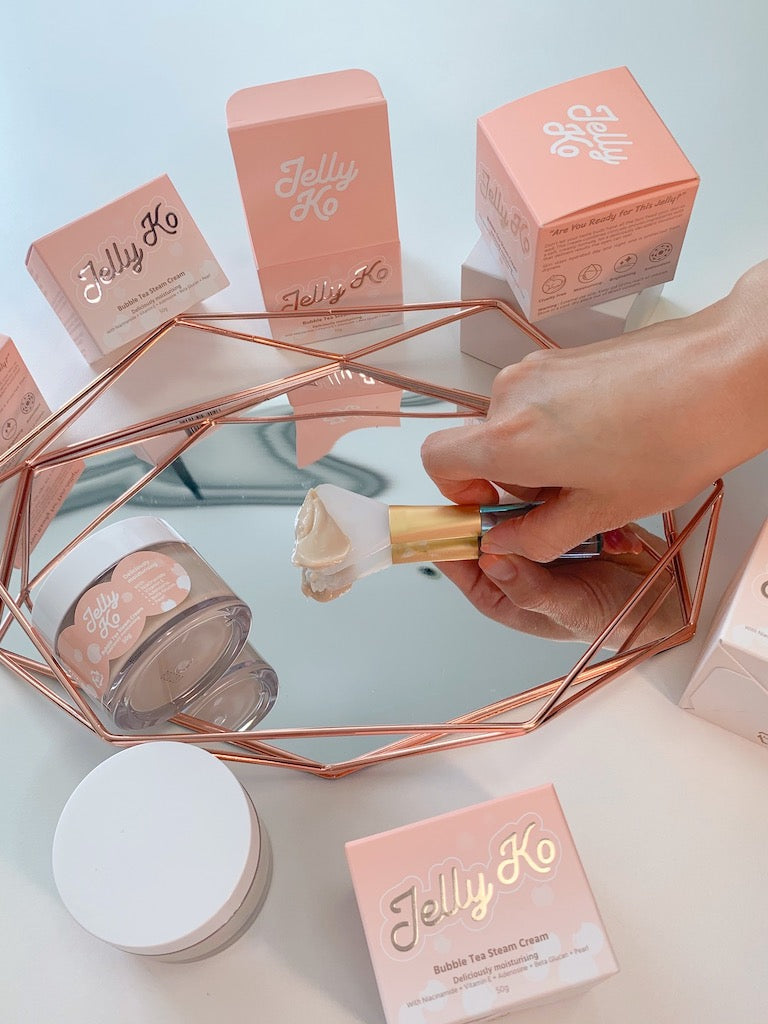
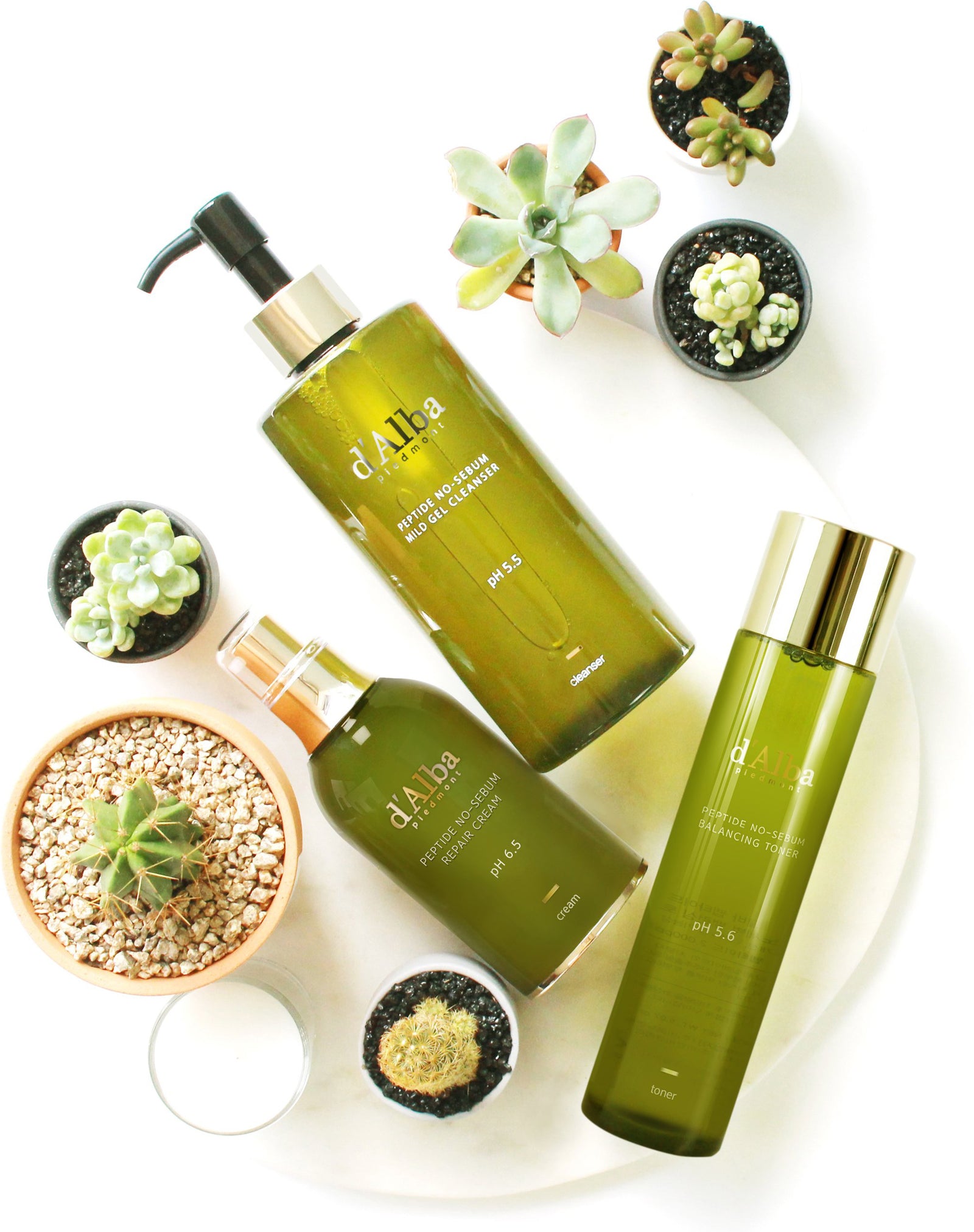
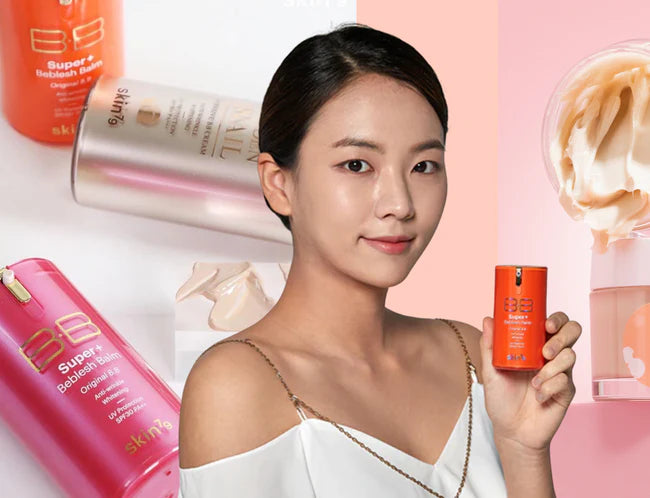
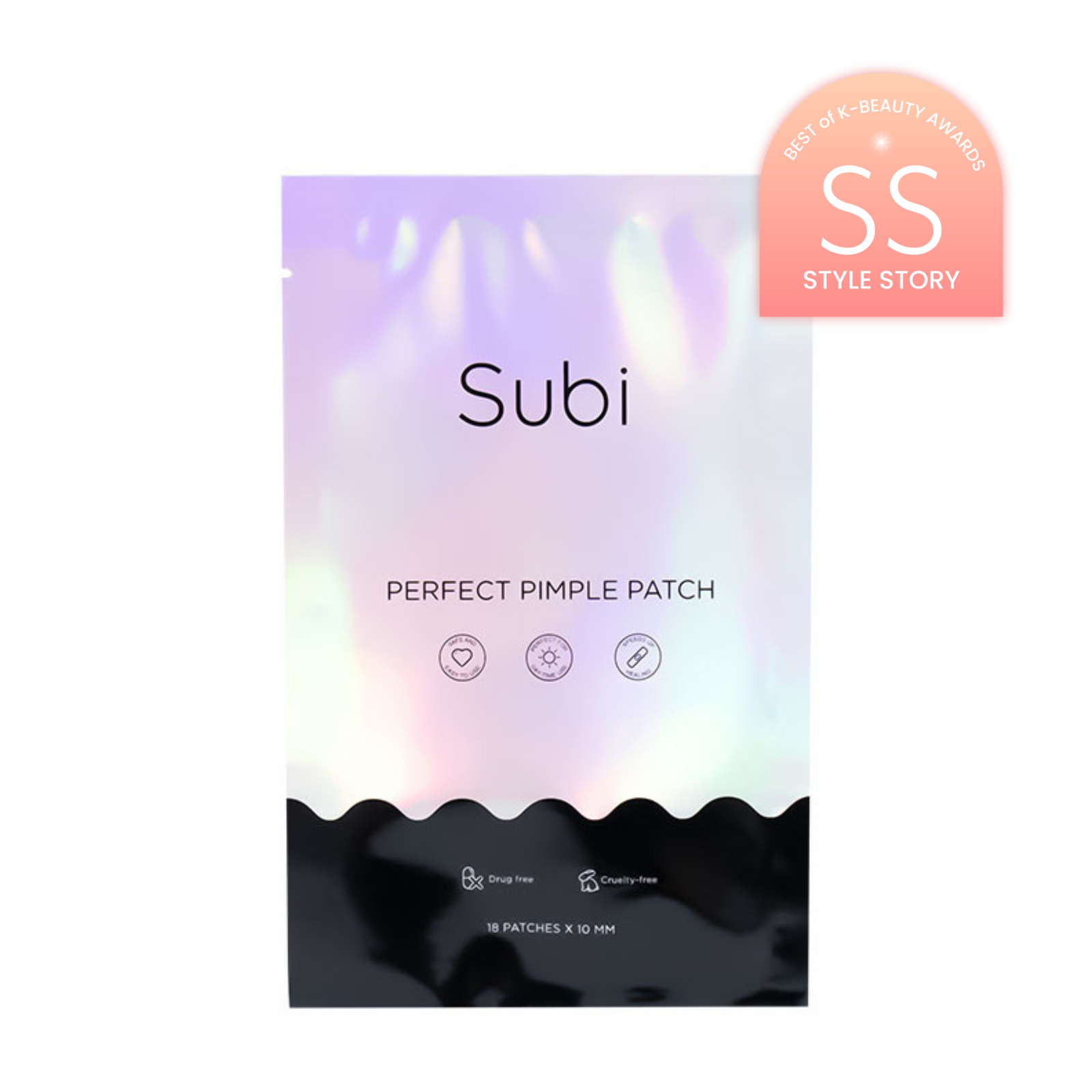

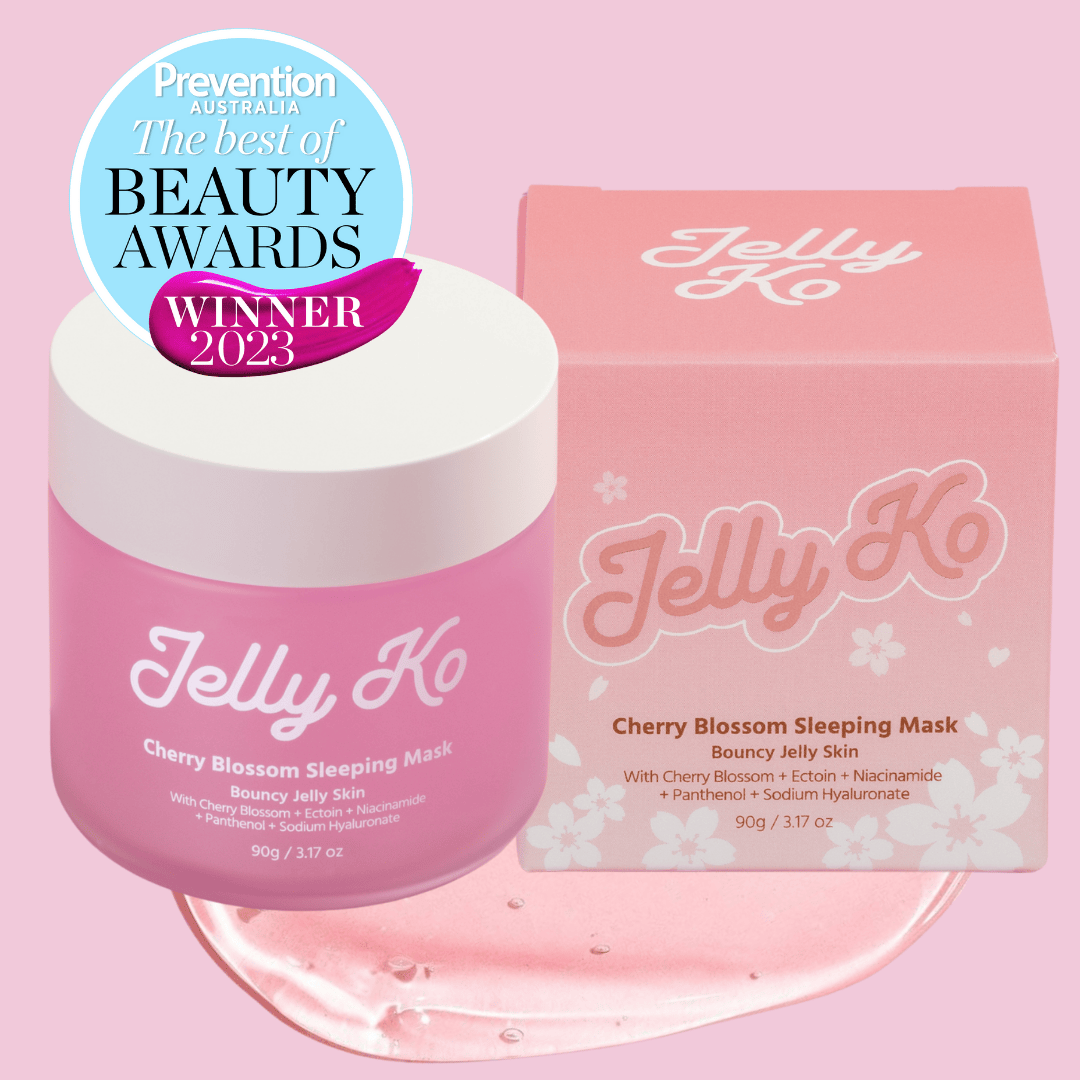
Leave a comment
Comments will be approved before showing up.